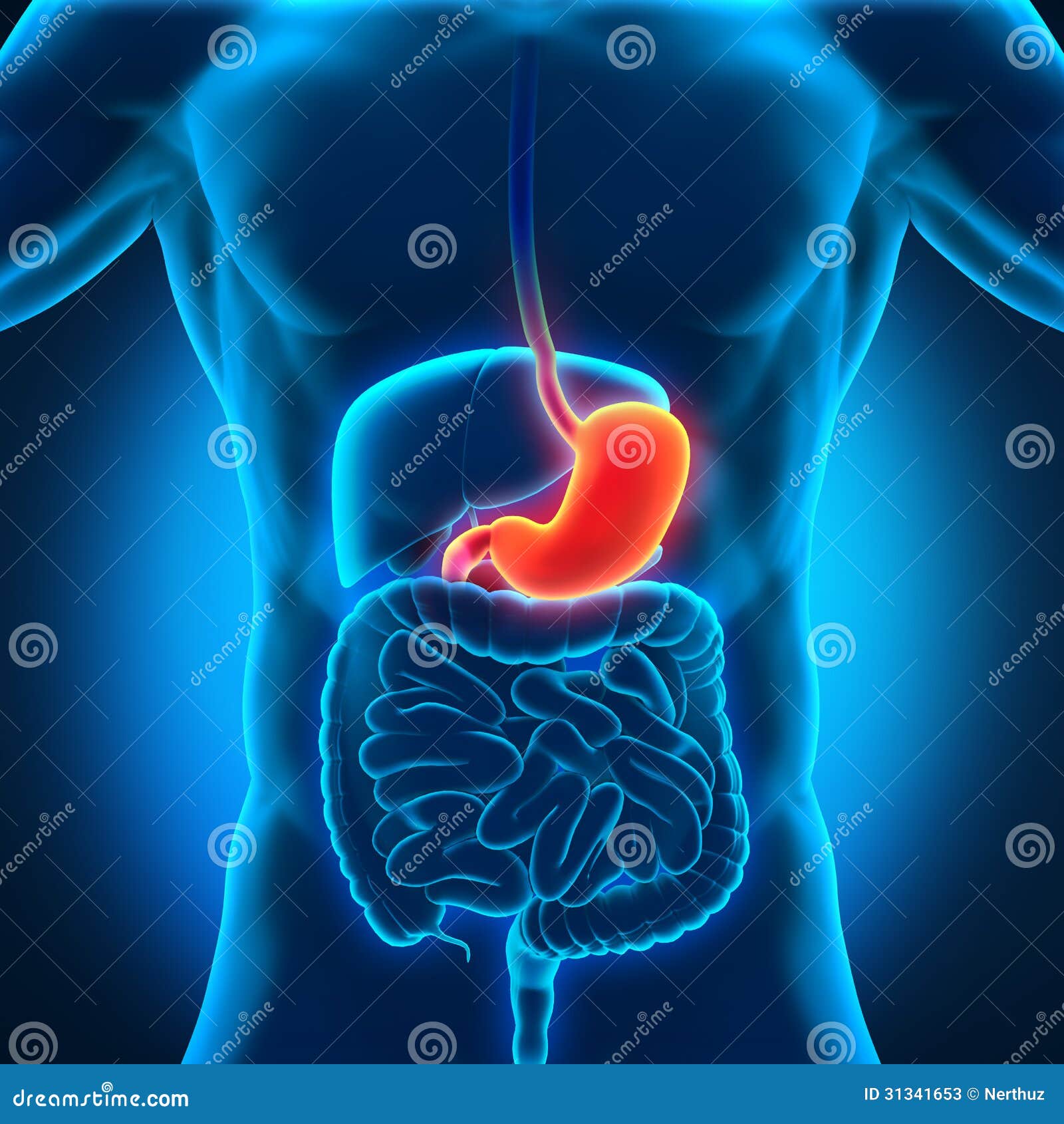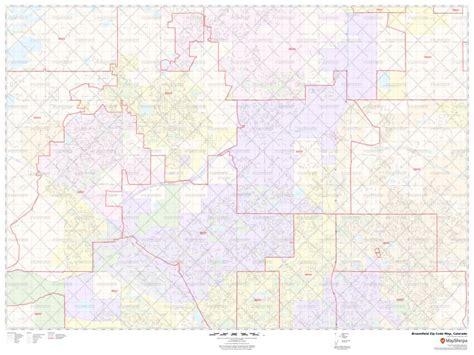The stomach, a vital organ responsible for digesting food, can sometimes experience a condition known as stomach paralysis, also referred to as gastroparesis. This condition is characterized by the stomach’s inability to empty its contents into the small intestine at a normal rate, leading to a variety of symptoms that can significantly impact an individual’s quality of life. Understanding the symptoms of stomach paralysis is crucial for early detection and appropriate management.
Early Warning Signs
In the early stages of gastroparesis, individuals may experience mild symptoms that can be easily overlooked or mistaken for other conditions. These early warning signs can include:
- Nausea and Vomiting: Feeling queasy, especially after eating, and vomiting can be among the first symptoms. The vomit may contain undigested food, indicating that the stomach is not properly digesting or moving food along.
- Feeling Full: A sensation of fullness even after eating a small amount of food, which can lead to unintentional weight loss due to reduced food intake.
- Abdominal Bloating: The feeling of being overly full or swollen in the abdomen, which can sometimes be accompanied by discomfort.
- Abdominal Pain: This can range from mild to severe and is usually in the upper abdomen.
Advanced Symptoms
As gastroparesis progresses or becomes more severe, individuals may experience more pronounced and debilitating symptoms, including:
- Severe Vomiting: Persistent and severe vomiting, which can lead to dehydration and electrolyte imbalances if not managed properly.
- Malnutrition: Due to poor digestion and absorption of nutrients, individuals may start to show signs of malnutrition, such as weakness, fatigue, and poor wound healing.
- Weight Loss: Significant unintentional weight loss due to the body’s inability to absorb sufficient nutrients from food.
- Blood Sugar Fluctuations: For individuals with diabetes, gastroparesis can cause erratic blood sugar levels, as the digestion and absorption of glucose are slowed.
- Gastroesophageal Reflux Disease (GERD): The delayed emptying of food from the stomach can cause stomach acid to flow back into the esophagus, leading to heartburn and other symptoms of GERD.
Other Possible Symptoms
In addition to the primary symptoms of gastroparesis, some individuals may experience:
- Dizziness and Lightheadedness: Due to dehydration from vomiting or poor nutrient absorption.
- Abdominal Cramping: Painful muscle cramps in the abdominal area.
- Loss of Appetite: Feeling less hungry, which can further contribute to weight loss and malnutrition.
Diagnosing Stomach Paralysis
Diagnosing gastroparesis involves a combination of medical history, physical examination, and diagnostic tests. Common tests include:
- Gastric Emptying Study: This test measures the speed at which the stomach empties its contents into the small intestine.
- Upper Endoscopy: A procedure that visually examines the upper digestive system for any abnormalities that might be causing or contributing to gastroparesis.
- Imaging Tests: Such as X-rays or CT scans, to rule out any blockages or other conditions that could mimic the symptoms of gastroparesis.
Management and Treatment
While there is no cure for gastroparesis, various treatments can help manage symptoms and improve quality of life. These include dietary changes, medications to stimulate stomach muscle contractions, and in severe cases, feeding tubes or other interventions to ensure adequate nutrition.
Understanding and recognizing the symptoms of stomach paralysis is crucial for timely medical intervention. If you or someone you know is experiencing persistent or severe digestive symptoms, seeking professional medical advice is essential for proper diagnosis and treatment.
What are the primary symptoms of stomach paralysis?
+The primary symptoms include nausea and vomiting, feeling full after eating a small amount, abdominal bloating, and abdominal pain. These symptoms can vary in severity and impact daily life significantly.
How is stomach paralysis diagnosed?
+Diagnosis involves a combination of medical history, physical examination, and specific tests such as gastric emptying studies and upper endoscopy to assess the stomach’s ability to empty its contents and to look for any abnormalities.
Can stomach paralysis be treated?
+While there is no cure, treatments are available to manage symptoms. These include dietary changes to ease digestion, medications to stimulate stomach contractions, and in severe cases, interventions like feeding tubes to ensure adequate nutrition.
What complications can arise from untreated stomach paralysis?
+Untreated gastroparesis can lead to malnutrition, dehydration, and severe weight loss. It can also cause blood sugar control issues for individuals with diabetes and may lead to complications like gastroesophageal reflux disease (GERD).
How can dietary changes help manage stomach paralysis symptoms?
+Eating smaller, more frequent meals, choosing low-fat and low-fiber foods, and avoiding carbonated beverages can help ease digestion and reduce symptoms. It’s also important to stay hydrated by drinking plenty of water.



